Insulation R Value Guide
[ad_1]
Insulation R value guide ratings are used to measure the insulation’s ability to resist heat flow. The higher the R value, the better it is expected to perform. Home insulation should be purchased based on the insulation R value guide, and not thickness or weight.
One type of insulation maybe thicker or thinner, but if the R value is the same they should insulate the same. Insulation R value performance testing is done in a 70 degrees Fahrenheit environment with no air movement. However, when you need insulation the most you’re generally not in these ideal temperatures or conditions. This can result in the rated house insulation R value being greater than the actual R value. The average recommended R value of insulating material for basement insulation is R-12. The Insulation R value guide in house insulation is a lot lowered when there’s any air or water or moisture leakage. The standard R value for house hold insulation varies based on climate and temperature. There are different types of house insulation materials and each one has a different R value.
Protecting your house insulation and keeping your R value high is extremely important for lower utility bills. Water is one of the more important concerns in regards to R value and house insulation. If moisture of any type gets into your house insulation, it lowers the R value. The moisture weighs the insulation down, and as a result it leaves gaps or bare spots. Superseal Dimpled Membrane provides a permanent barrier against water/moisture from entering your home. It protects the home’s insulation and its R value by keeping your home dry. Superseal helps protect and increase the life expectancy of your house insulation and its R value.
Approximately 11% of your home is not insulated properly due to wood framing however, wall studs are a fact in home construction. Before you cover up the wall studs, making house insulation diagrams for any future reference is a good idea and saves a lot of headaches. The R values of wood studs act as a type of thermal bridge. The R values of wood can create a what amounts to a cold area in the insulation where the wood stud meets the sheetrock.
The cold spots can lower the effectiveness of the insulation and lower the effective average R values of the whole wall. In addition to the poor R values of wood lowering the R-values of the wall, a cold spot may lead to moisture and condensation problems. Moisture can and will condense through wall studs, which generally have the lowest insulation R values, and other framing materials of the home. If moisture does get into the wall cavity, condensation can occur where the cold R values of wood studs meet the sheetrock.
The R values of wood wall studs are measured in terms of linear inches. However, wooden wall studs generally lower the R values of your insulation. The R values of wood are specified as 1.25 per inch. To help protect against moisture entering your home and further lowering your homes r values, protect your home with Superseal Dimpled Membrane. Superseal provides a permanent barrier around your home and helps protect your homes R values. Just 4% moisture in your insulation could lower its thermal efficiency, in that area, by up to 70%.
It’s important to remember when buying home insulation, that the home insulation materials with the highest R value may not be the most cost-effective. When insulating your basement wall to an R value of R-12, it might not cost as much to use 2 layers of home insulation materials with an R-6 R value rating instead of 3 R-4 R value rated home insulation materials. Just because the home insulation is the most expensive, doesn’t mean it’s the best.
Another home insulation tip is to make sure to buy your home insulation based on its R value not its weight or thickness. Also, if you are installing fiberglass insulation yourself, remember that the fiberglass is made of glass strands. Touching fiberglass insulation material makes you very itchy. This is because the glass breaks into tiny pieces, and gets into your hands or skin. The last and most important tip for home insulation is to make sure to protect your insulation from water and moisture. Just 4% moisture in your insulation can reduce the thermal efficiency, by up to 70%.
[ad_2]



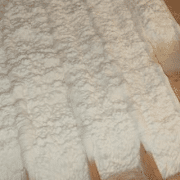
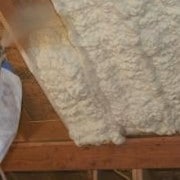
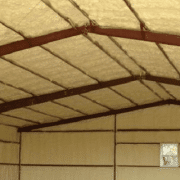
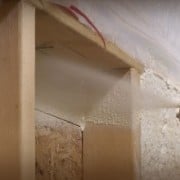
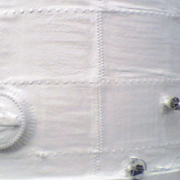

Comments are closed.